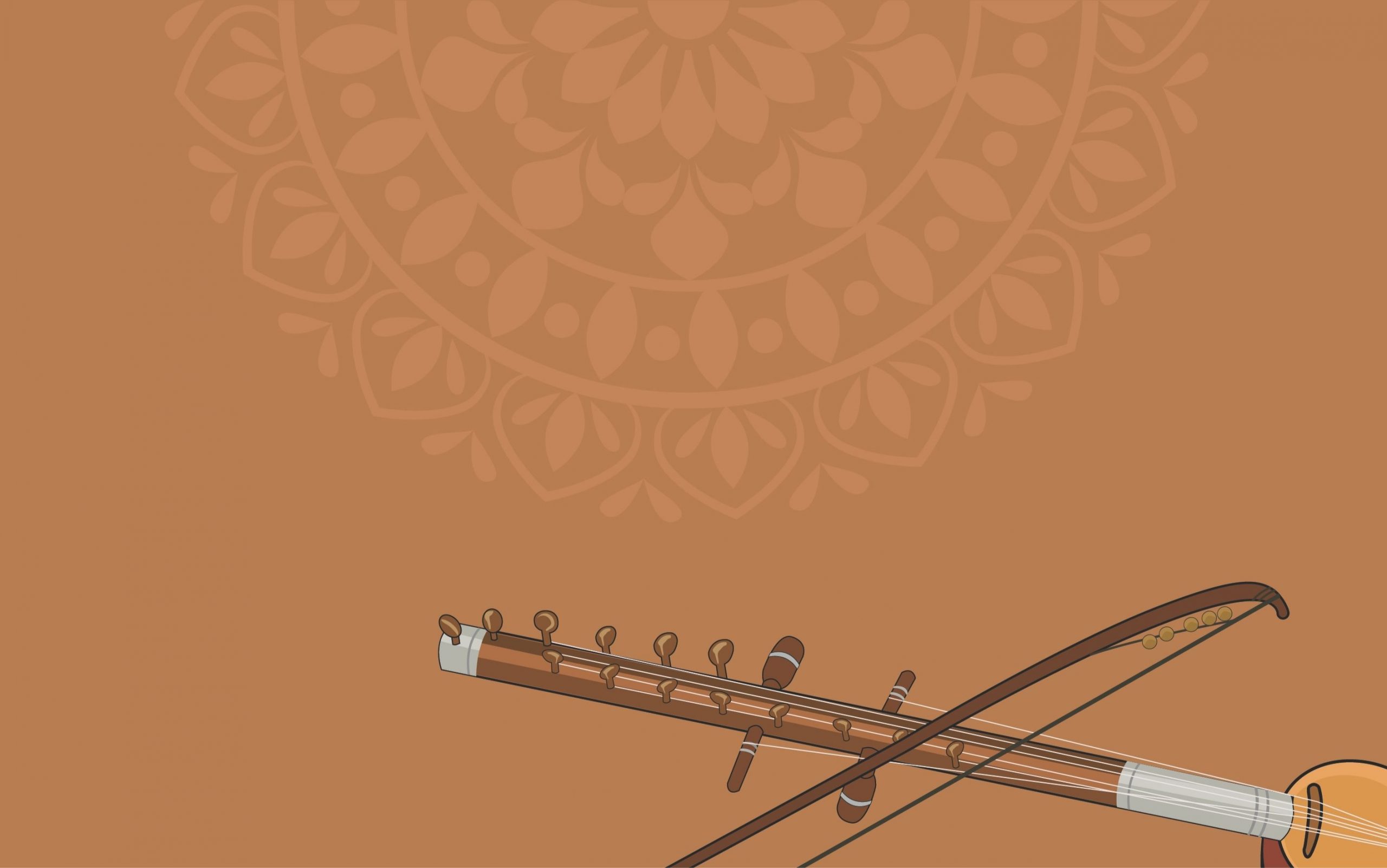


The very name of the instrument, Ravanahatha – literal for Ravana’s hand, supports this tale to be its inception. The other names by which the instrument can be found are Ravanhatta, Ravanhastha, and Ravanstron. Regardless of the name, the music produced by the instrument is sure to give you a glimpse of the lifestyle of the bygone era, making you feel you’re a resident of some historic fort in Rajasthan.
Unlike the sitar or sarod, which represents Indian classical harmony at the international level, the ravanahatha is a folk instrument associated mainly with the Thar Desert and its nomadic culture. You will not hear any classic Indian ragas performed on the ravanahatha, but in every corner of this magnificent desert, you will meet wanderers who skillfully play dance melodies or brooding meditative tunes.

The origin of this fascinating instrument is linked with the Hela civilization of Sri Lanka around 2500 BCE. According to mythology, the instrument was devised by the legendary ruler Ravana, who used to play melodious tunes on the instrument to please his favorite deity- Lord Shiva. It is believed that after the great battle between Hindu deity lord Rama and Ravana, Hanuman had carried this instrument to the western part of India, where its tunes are still enlivening the cultural environment of Rajasthan.
Ravanahatha is a primitive string instrument, made up of locally available materials like bamboo, metal pipes and strings, coconut shell, leather, and horse’s hair. It is a widely believed fact that Ravanahatha is the precursor for the modern day string instruments like violin.
Evidently, the method of playing a Ravanahatha is quite identical to that of playing a violin. It too includes a bow that is drawn across the strings to create musical vibrations. Furthermore, just like a violin, Ravanahatha has a fingerboard which is used to play the octaves.
The foundational structure of a Ravanahatha includes an 80-90cm long bamboo stem, at the end of which half a coconut shell is attached. To make the shell more vibration-proof, it is covered by goat hide. The stem itself is punctured at regular intervals to fix the knobs which will later help in fine tuning the music. The exclusive part of the instrument is the Bejara (friction reducing powder cake) smoothed hair from horse tail, which makes the sound produced by the instrument unique.
The modern instrument is made up of a bowl-shaped resonator fashioned from a cut coconut shell that is covered with goat hide. The body is the Dandi, a long bamboo stem punctured at regular intervals to fix the knobs which provide the fine-tuning of the ravanahatha. The important part of the instrument is the Bejara – smoothed hair from horsetail, giving the ravanahatha its unique sound. The bow of the instrument often has a bells section which helps the performer to provide rhythm into the melodic pattern.